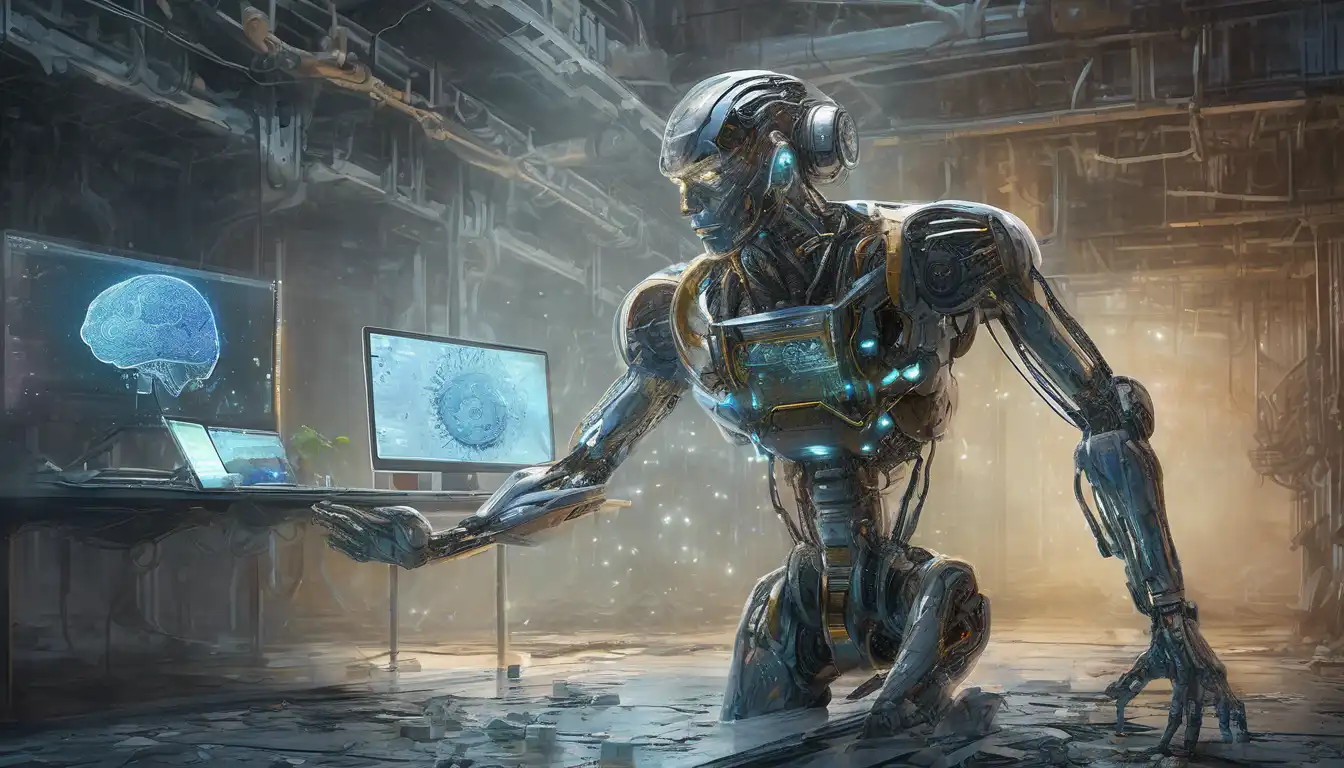Introduction to Artificial Intelligence
Artificial Intelligence (AI) has become a cornerstone of modern technology, influencing various sectors from healthcare to finance. Despite its widespread adoption, numerous myths surround AI, often leading to misconceptions about its capabilities and limitations. This article aims to separate fact from fiction, providing a clear understanding of what AI truly is and what it can do.
Myth 1: AI Can Think and Feel Like Humans
One of the most prevalent myths is that AI possesses consciousness or emotions similar to humans. In reality, AI operates based on algorithms and data inputs. It can simulate certain aspects of human thought processes but lacks self-awareness or genuine emotional responses.
Myth 2: AI Will Replace All Human Jobs
While AI is transforming the job market, the idea that it will render all human jobs obsolete is exaggerated. AI excels at automating repetitive tasks but struggles with roles requiring creativity, empathy, and complex decision-making. The future likely holds a collaborative relationship between humans and AI, enhancing productivity rather than replacing it.
Myth 3: AI Is Infallible
Another common misconception is that AI is error-free. However, AI systems are only as good as the data they are trained on. Biases in data can lead to flawed outcomes, highlighting the importance of human oversight in AI development and deployment.
Reality: AI Is a Tool, Not a Threat
Understanding AI's true nature is crucial. It is a powerful tool designed to augment human capabilities, not a sentient being poised to take over. By leveraging AI responsibly, we can unlock its potential to solve complex problems and improve lives.
Reality: AI Requires Continuous Learning
AI systems improve over time through machine learning, a process that requires vast amounts of data and iterative refinement. This underscores the need for ongoing investment in AI research and development to ensure its benefits are fully realized.
Conclusion
Dispelling myths about AI is essential for fostering informed discussions about its role in society. By recognizing its limitations and potential, we can harness AI's power to drive innovation and progress. For more insights into the world of technology, explore our Tech Trends section.
